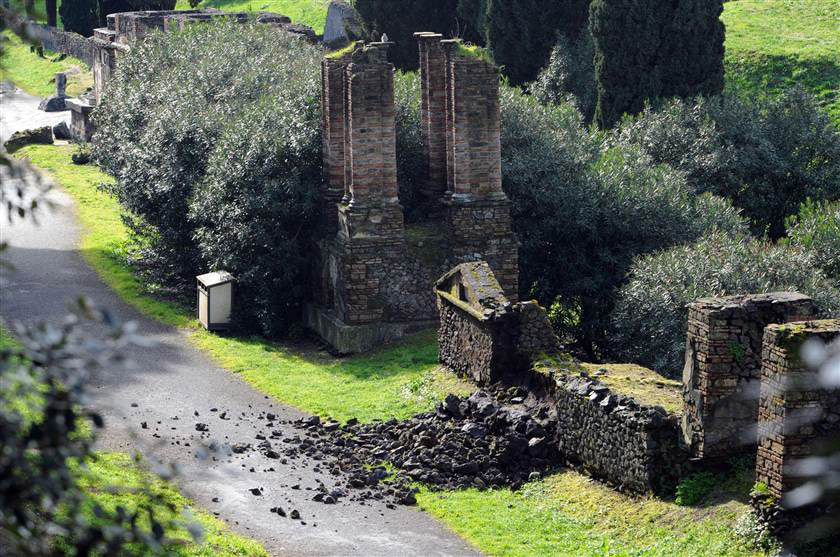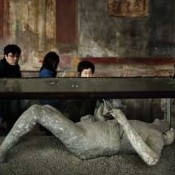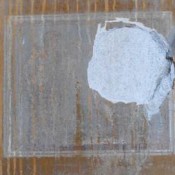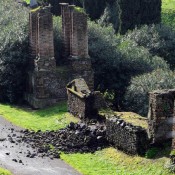An international research consortium is planning a scheme similar to the one used to preserve the site of Herculaneum in order to secure the preservation of its nearby -and also Vesuvius-stricken- Pompeii.
Herculaneum, which, like Pompeii, was destroyed by Vesuvius in 79 AD to be preserved into the volcanic ash the way its more famous neighbour did, is now preserved under a sustainable conservation project which secures the preservation of its buildings and restorations where needed. On the contrary, Pompeii, excavated since the 18th century, has suffered major damages despite protected through conservation schemes since the mid-20th century. It seems that in Herculaneum something goes well, while in Pompeii it is faulty. This is why there is hope that a €105-million (US$145-million) European Union project to restore Pompeii will draw on lessons from Herculaneum.
“A lot of buildings are at risk [of collapse],” an insider close to the restoration efforts says, adding that, “they need a system to maintain the site so that it doesn’t happen again”.
Pompeii’ s conservation started in the early 20th century, when much of the site was already in a bad condition, and was going on involving a lot of bureaurocracy which prevented action to be taken urgently when needed. Also, the outsourcing of routine maintenance to contractors since the 1980s made things worse, being the main cause behind repeated delays to urgent repairs. Latest schemes, such as the so-called “Great Pompeii Project” focused on short term goals, such as repairing damages.
On the other side, The Herculaneum Conservation Project (HCP) was launched in 2001, when Herculaneum was in a bad state, as a public–private venture between the philanthropic Packard Humanities Institute of Los Altos, California, the British School at Rome and the superintendency. In just over a decade, and having spent €20 million in total, it has helped to reverse the decay and put the site on a sustainable conservation footing. The scheme brings together archaeologists, engineers and other scientists with conservators and emphasises on routine mainenance. Also, the project differs from the typical conservation practice of carrying out complete restorations on a house-by-house basis by focusing on urgent site-wide restorations and repairs.
According to Nature‘s staff writer Declan Butler, who recently published a text on the matter, a proposed project, the Pompeii Sustainable Preservation Project (PSPP), is taking inspiration from the HCP. An international consortium of research institutions, including the Fraunhofer research organization and the Technical University of Munich in Germany, hopes to raise US$10 million in philanthropic funding to launch a ten-year pilot project later this year that will study long-term, sustainable conservation and restoration approaches at Pompeii.






